|
A: Exercise is a broad term. I think of exercise as “activity”: moving around. Does moving around get easier? - Absolutely! But it gets easier because you get better at it, because you enjoy it more, and because it becomes a part of your routine, meaning that it becomes your new normal. Training to get results however is a constant process of self-challenge.
In the beginning you get some results from some effort. However, as it becomes your new normal, those results slow, so you have to increase the challenge. Once you do that - either by increasing weights/intensity, duration and/or volume of work performed - you start to see progress again. Soon you adapt to this new normal, and the process repeats itself. So weights get heavier, workouts get longer, and recovery gets more important - but your perception of how hard you’re working only moderately increases. That is to say, for example, 10lb bicep curls for 20 reps used to be an 8/10 on the exertion scale for you. Now, 6 weeks later, you do 15lb bicep curls for 20, but it’s still 8/10 on the exertion scale. It certainly feels heavier - you notice the weight - but it doesn’t feel 30% more challenging (the difference between 15 and 10lbs). In short, it doesn’t get easier so much as you get stronger, fitter, and better able to manage the stress and load.
0 Comments
This was one of the first planned out, daily programs I did for the specific goal of leaning out. Things I learned while doing it:
Things I learned AFTER:
Are you looking for a program to follow? I offer personalized coaching, catered to your goals and needs.
Lamar Gant is an example of an athlete with severe scoliosis - not mild scoliosis - severe scoliosis, who overcame his limitations to become one of the most revered lifters in the annals of powerlifting. We can safely say that neither his form or technique was "textbook" (due to his morphology), and thus not what you might presume to be "safe lifting", but even so he was driven, set goals for himself, applied himself in his training, and was brave enough to stand on stage with "normal" athletes and show them what stuff he was made of.
He is not alone though, as you will find throughout the lifter forums that focus on scoliosis that many people have found that exercise - but more specifically heavy weight training - has played a complimentary role to the regression or elimination of many people's conditions. Some common themes that have turned up in this T-Nation thread are: - There seems to be no clear research done on athletes who repeatedly lift heavy weights with scoliosis and whether or not this can cause or worsen the condition. - Lift. You’ll see what happens when it happens. - Do what works for you. If it hurts(like spine damaging hurt), stop. - If you were born with it, you can prehab/rehab to keep it from getting worse, and continue lifting. If you have developed scoliosis, you can correct and reverse it with some thought and a little work. - you may develop scoliosis through bad posture, exercise selection, imbalances - unilateral work is key for addressing imbalances - lifting is good for you! Just use a little thought and consideration when you pick your lifts - An ounce of prevention is worth a pound of cure! - It wasn’t the weights that messed me up, it was the way I used the weights that caused me problems One last note: It has been said by many that "there is no correlation with bad form and injury risk in weightlifting". This is not a surprising observation as we do indeed see many examples of horrendous form performed without subsequent acute injury. Moreover, we also see (and may have experienced) instances of "perfect" form during squats, deadlifts, bench presses, etc. that incur back strains, bicep tears, or pec tears. Indeed, seldom do we see obvious positive, linear correlations of bad form and acute injury in the experimental resistance training literature. Common and well-established injury risks are actually poor sleep, high training frequency, higher training loads, exercise selection (joint specific injuries), higher rep ranges, and age is actually inversely related to injury in powerlifters, because "Despite the logical assumption that coordination and conditioning decrease with higher age, the higher experience in training and competition of older athletes led to a lower rate of injuries" (Reichel et al. 2019) So on that last note, what I'd like to leave you with is, if you are experiencing challenges with your activity - pain, discomfort, restriction, unreasonable difficulty) - give it time. There is learning in the doing, and your motor development (how your brain learns a skill and instructs your muscles) is time dependent. Be patient, trust in the process, and you will get stronger and more confident! Learn more about Lamar HERE. Research Article: Incidence and characteristics of acute and overuse injuries in elite powerlifterswww.tandfonline.com/doi/full/10.1080/2331205X.2019.1588192 This exercise has been used as a quick assessment tool for movement quality because the parameters for both joint mobility and system stability lie at the upper boundaries of what is considered functional. When performed with increasingly heavier weights, there is a high neural demand on cognition and motor control. Thus, this exercise can neither be rushed nor performed without 100% focus. As renowned physiotherapist and FMS founder Gray Cook remarked, symmetry, bodyweight management, strength, and stability can all be addressed with the Turkish Get Up because despite not working many prime-movers, "[it] really blasts your stabilizers" and "stabilizers are what give you the mechanical advantage to be stronger". As the legend goes, if you wanted to learn how to lift you would find your local, village strongman and ask him to teach you. The strongman, knowledgeable in such matters understood that not everyone had the focus, determination, coordination or even physical well-being it takes to begin much less endure years of brutal training. In order to separate the wishers from the workers, the strongman would decree: "This is the Get-Up. You must perform it on both the left and right sides equally. When you can do it with 100lbs I will show you how to lift." The Turkish Get-Up truly is one of the most accessible ways to assess both quantitative and qualitative parameters of physical fitness. Not only will a TGU performed with light-to-moderately heavy weight keep you in the best shape of your life, but it also a mighty feat of strength when attempted with a maximal load. The Turkish Get Up includes both an ASCENT and a DESCENT. TGU: ASCENT STEP 1: FLOOR PRESS STEP 2: ROLL TO ELBOW STEP 3: POST TO HAND STEP 4: HIGH BRIDGE STEP 5: BRIDGE TO KNEE 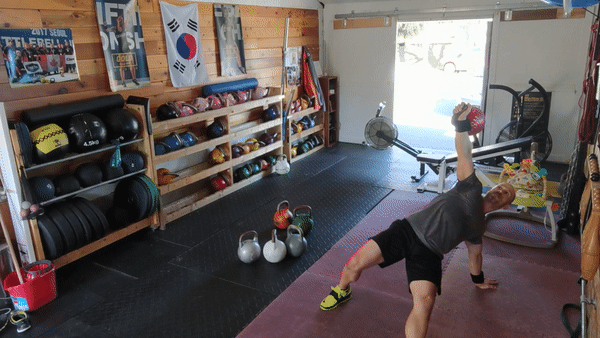 You are about to support yourself and the bell on only two points of contact - so be ready! Most of your weight is in your bottom arm here so take it slow and DO NOT take your eyes off the bell! Pull your foot underneath your body, slightly turning your hips to clear the floor with your knee. Plant the knee directly underneath your torso. If you have trouble running your knee into the floor, it's usually due to not turning the hips. STEP 6: HIP SHIFT STEP 7: ADJUST YOUR FEET STEP 8: KNEELING TO STANDING 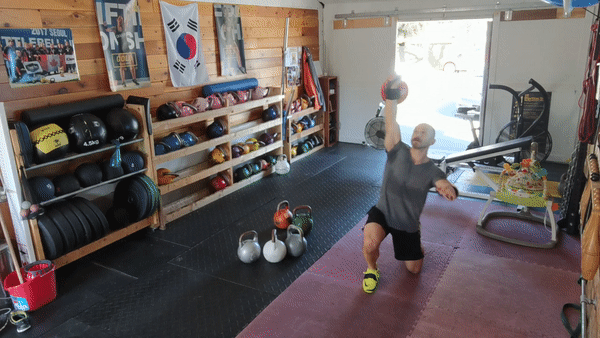 Don't get cocky! Keep your eyes on the bell, maintain active lockout, keep shoulder blade anchored, and PULL FORWARD into a bilateral stance. DO NOT push back into split squat stance and then step forward. The former utilizes your glute/ham strength and hip stability to ascend, the latter your quad strength and knee stability. TGU: DESCENT STEP 1: REVERSE LUNGE STEP 2: HIP SHIFT / POST STEP 3: SHOOT STEP 4: PLANT YOUR BUTT STEP 5: SLIDE TO YOUR SIDE 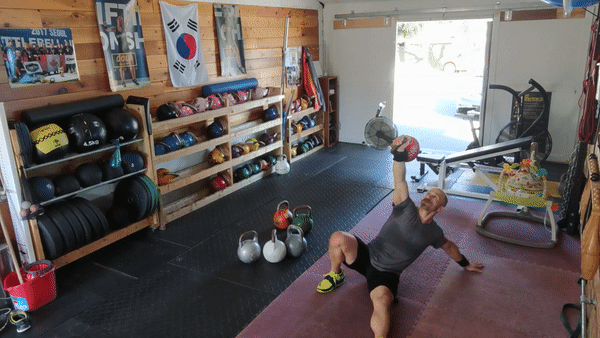 I have found this technique to be more reliable and predictable than simply reversing the ascending steps. Dropping to the elbow is not usually the issue, but rather getting to the back without dropping awkwardly or directly loading a flexed thoracic spine. Maintaining a stiff arm while sliding out allows a controlled descent at constant speed. People with poor shoulder ROM may have trouble with this step, but then again those people probably cannot TGU without a bent bell arm. STEP 6: ROLL TO YOUR BACK
Start Somewhere, Start Now
Cover Your Bases
|
NANAIMO'S BEST kettlebell group, strength & fitness classes | (250) 713-1262
CategOries
All
Archives
February 2024
|
Get Social! |
Closer Than You Think!11 Giggleswick Pl
Nanaimo, BC V9S 2V7 |

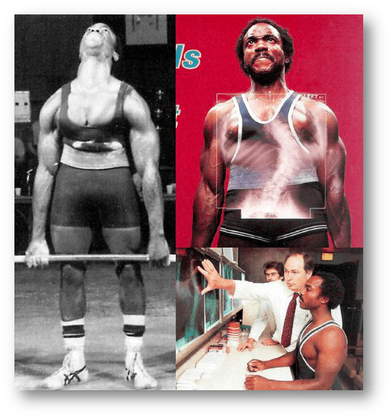
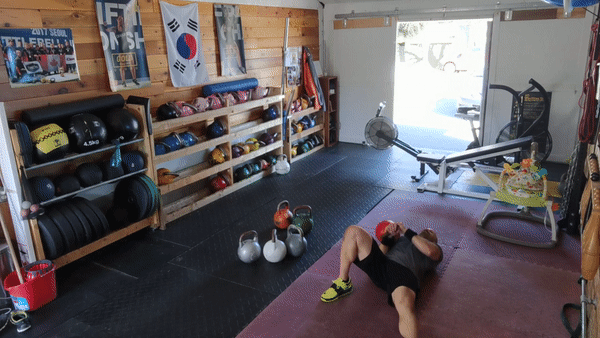
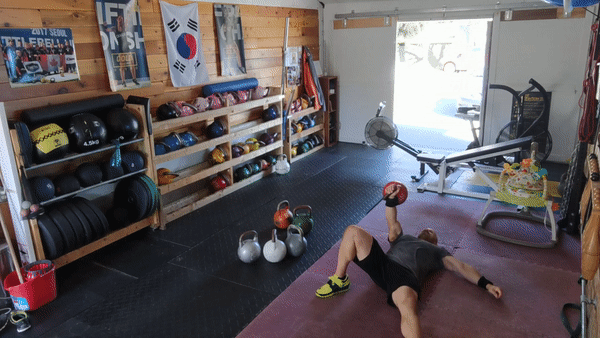

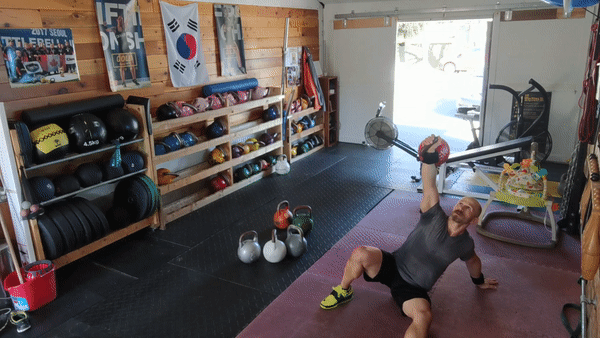
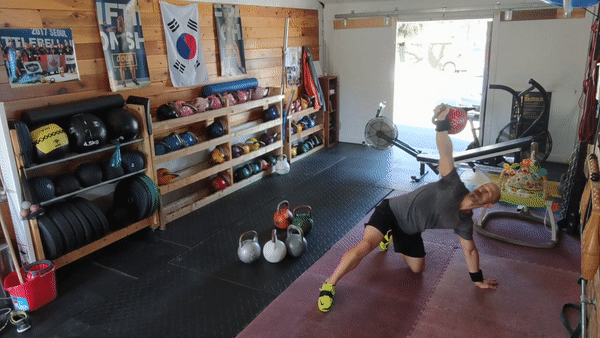
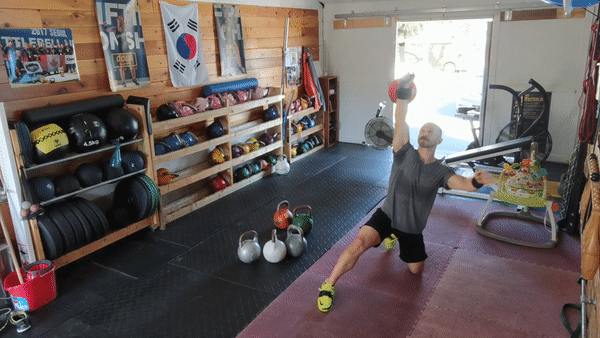
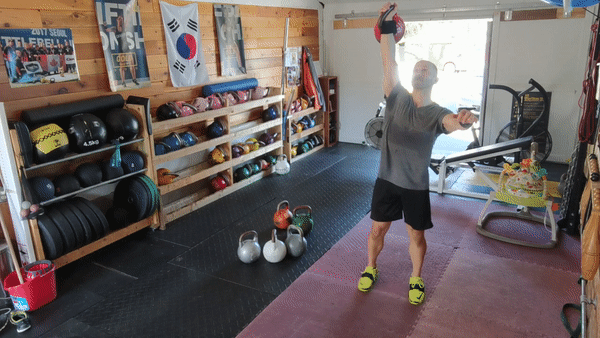
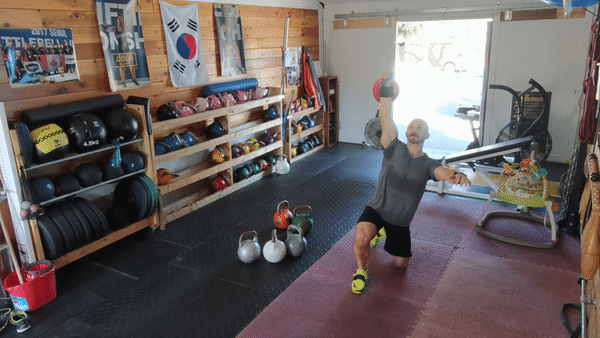

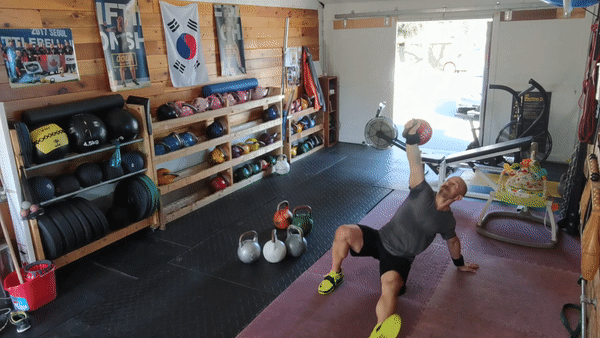
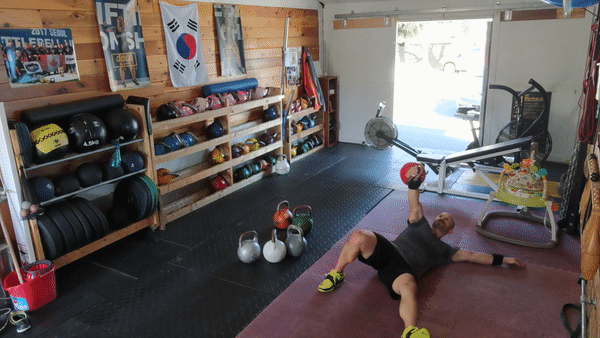
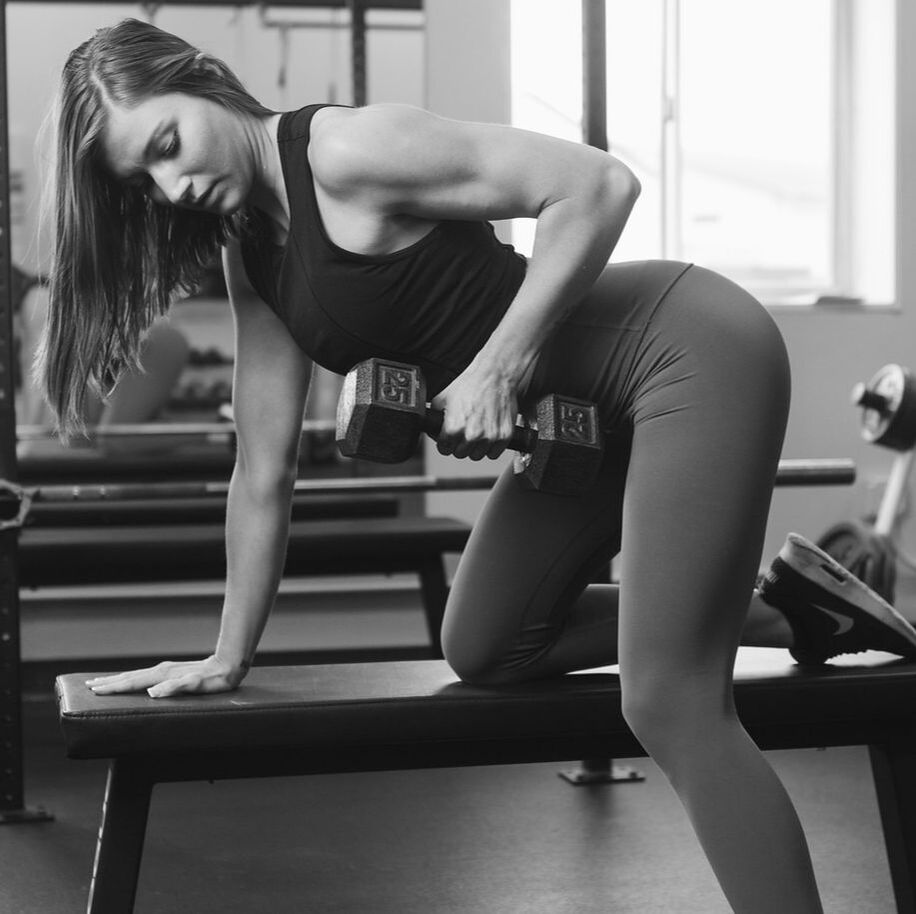
 RSS Feed
RSS Feed
